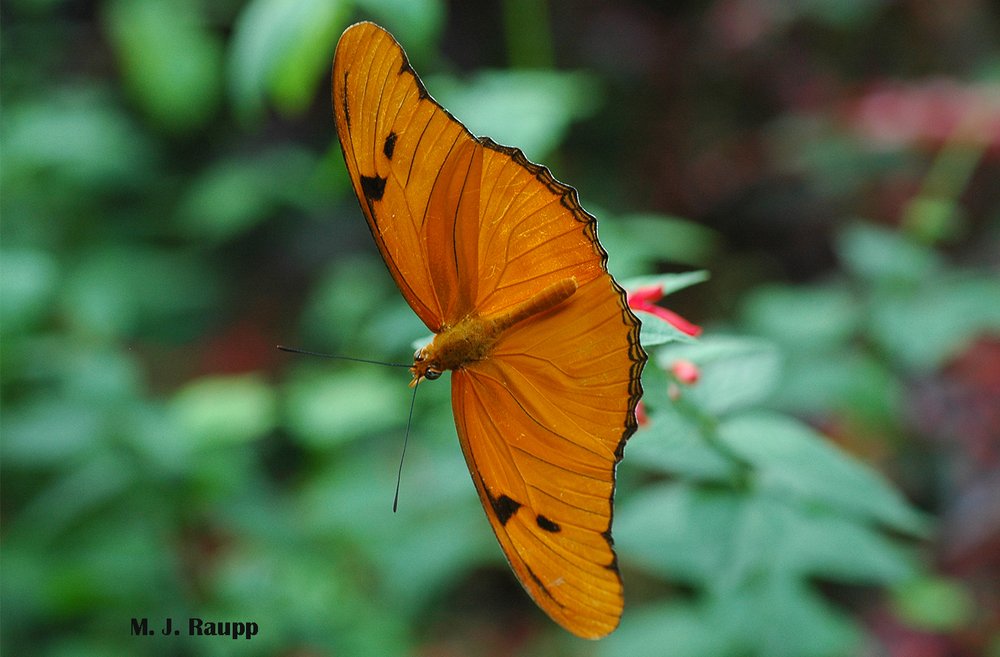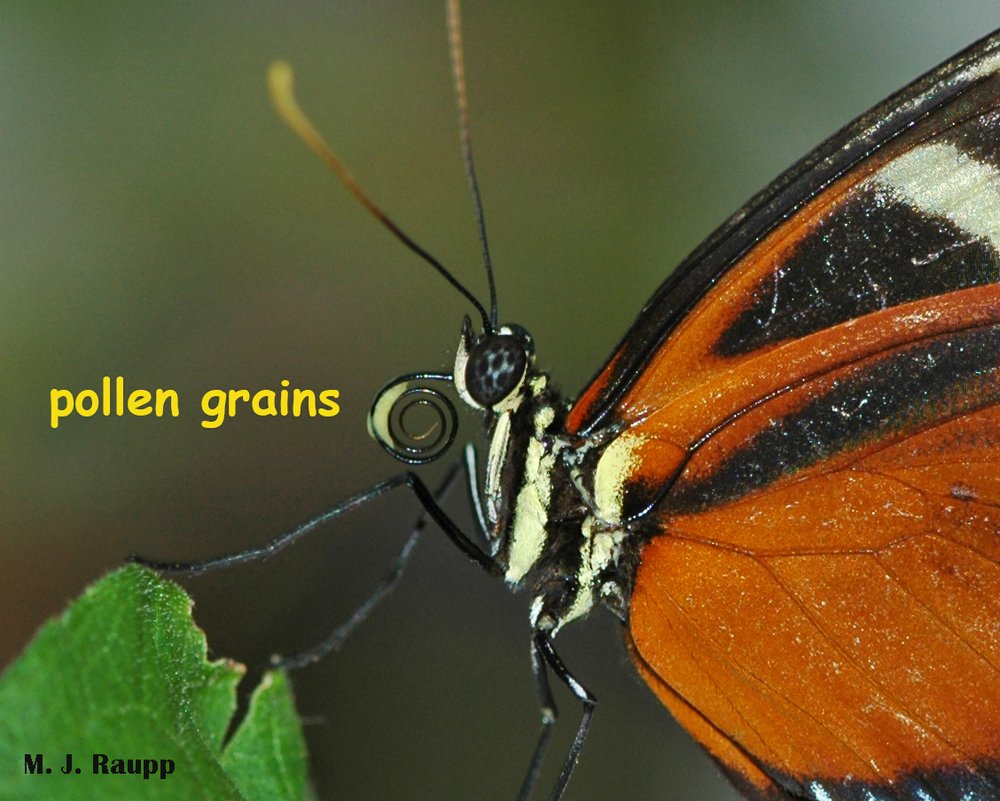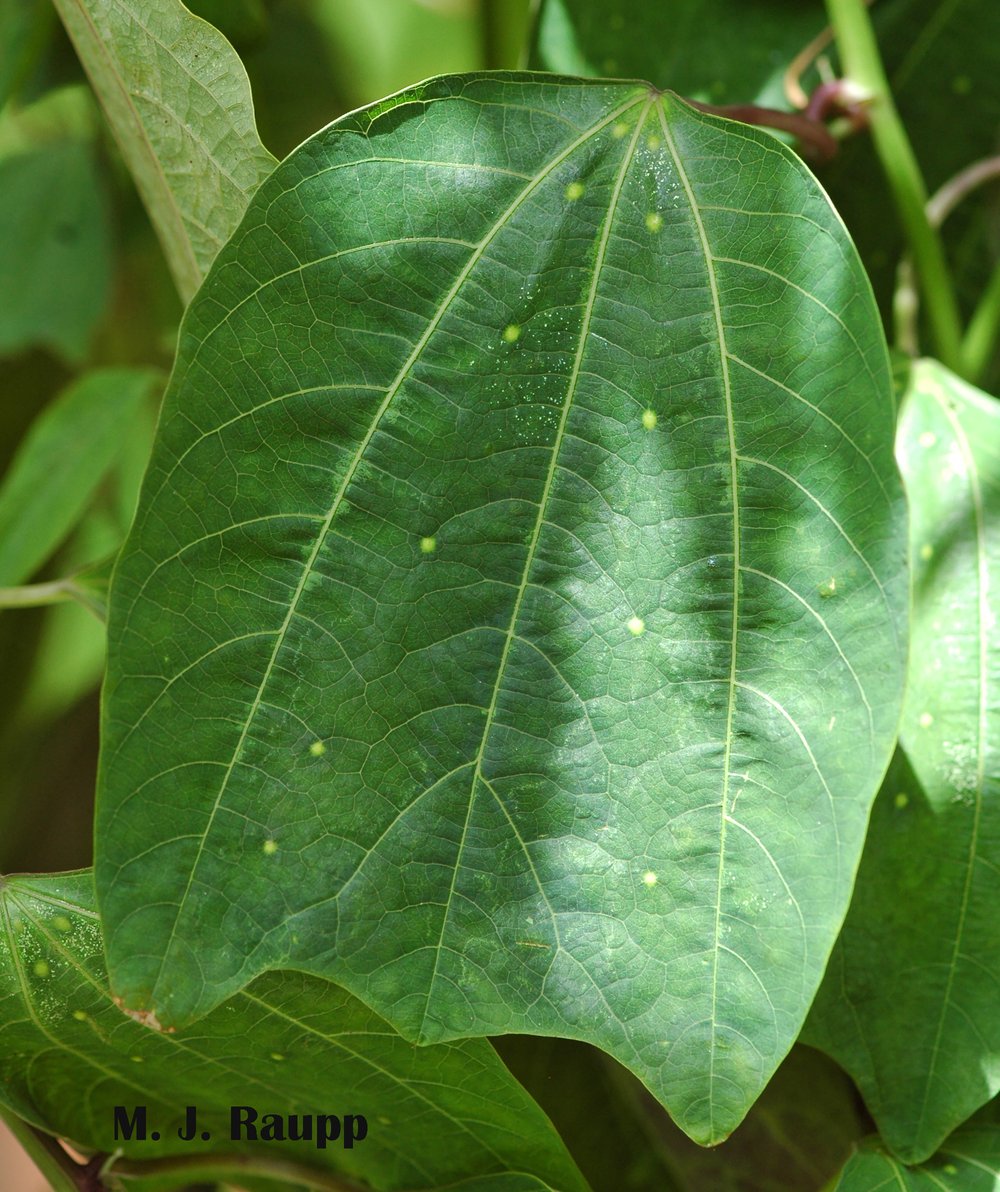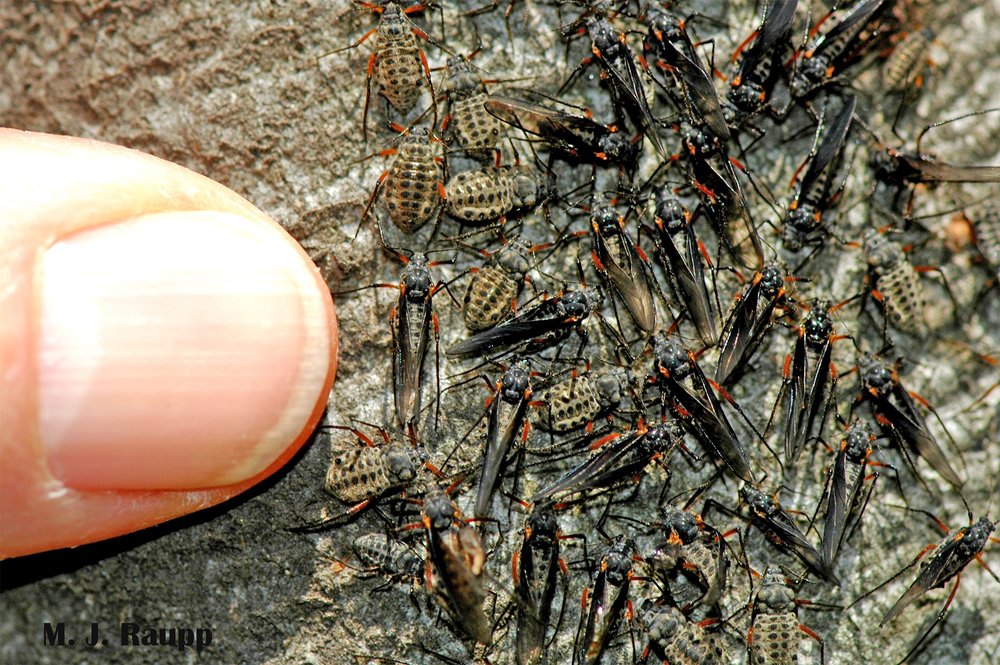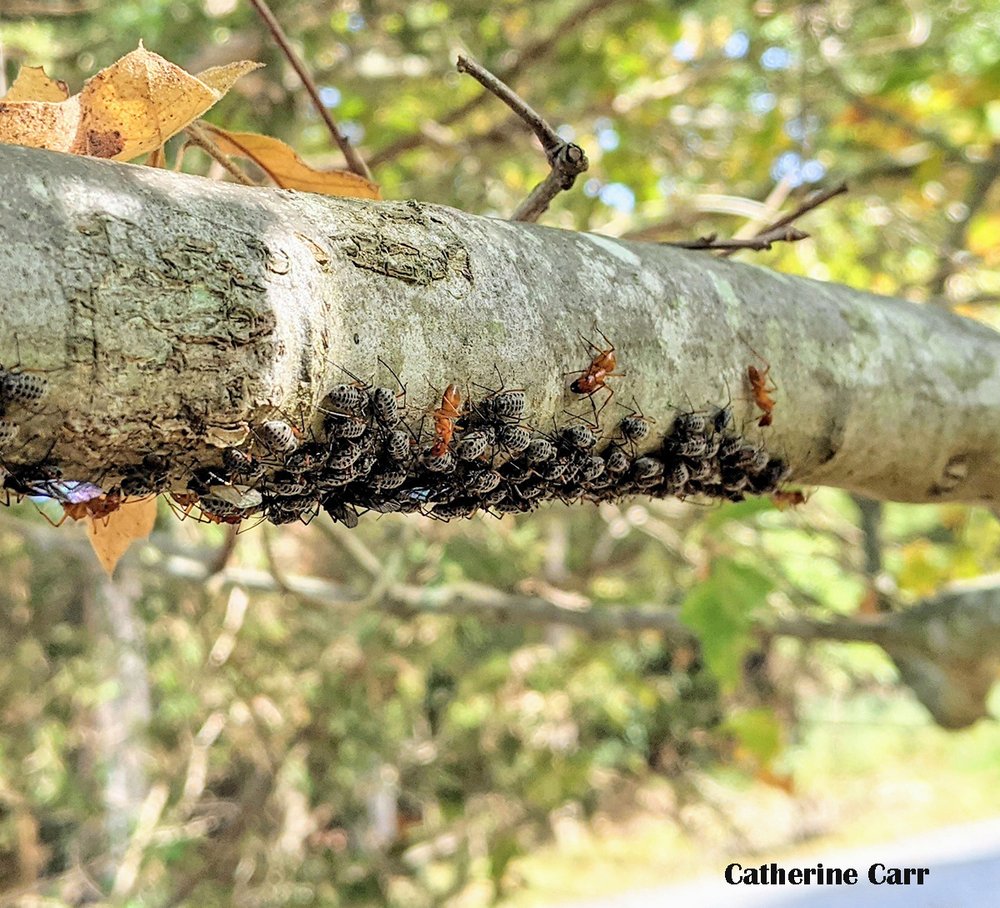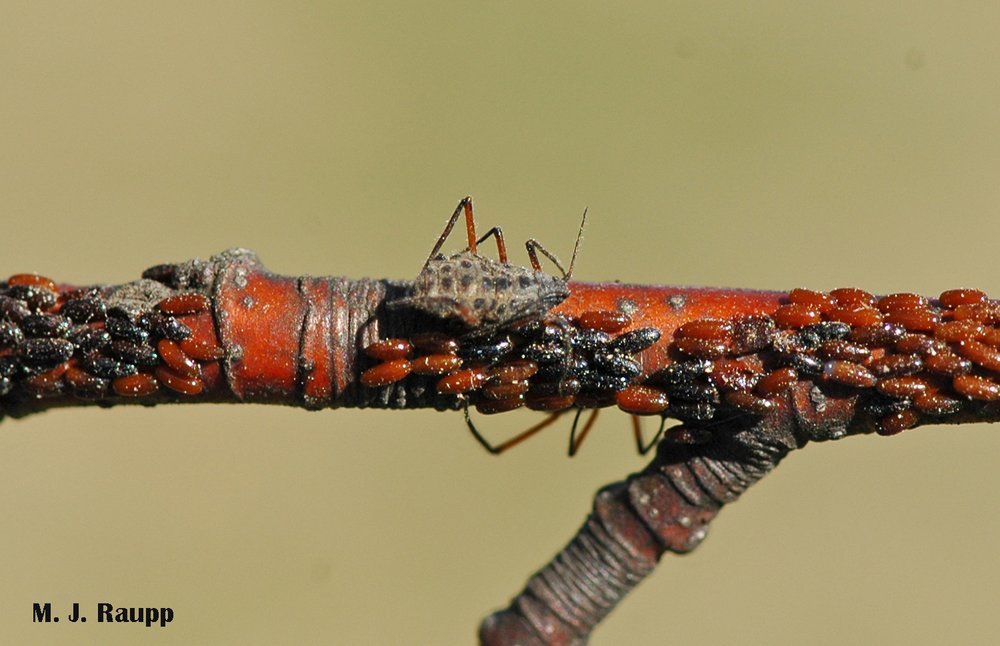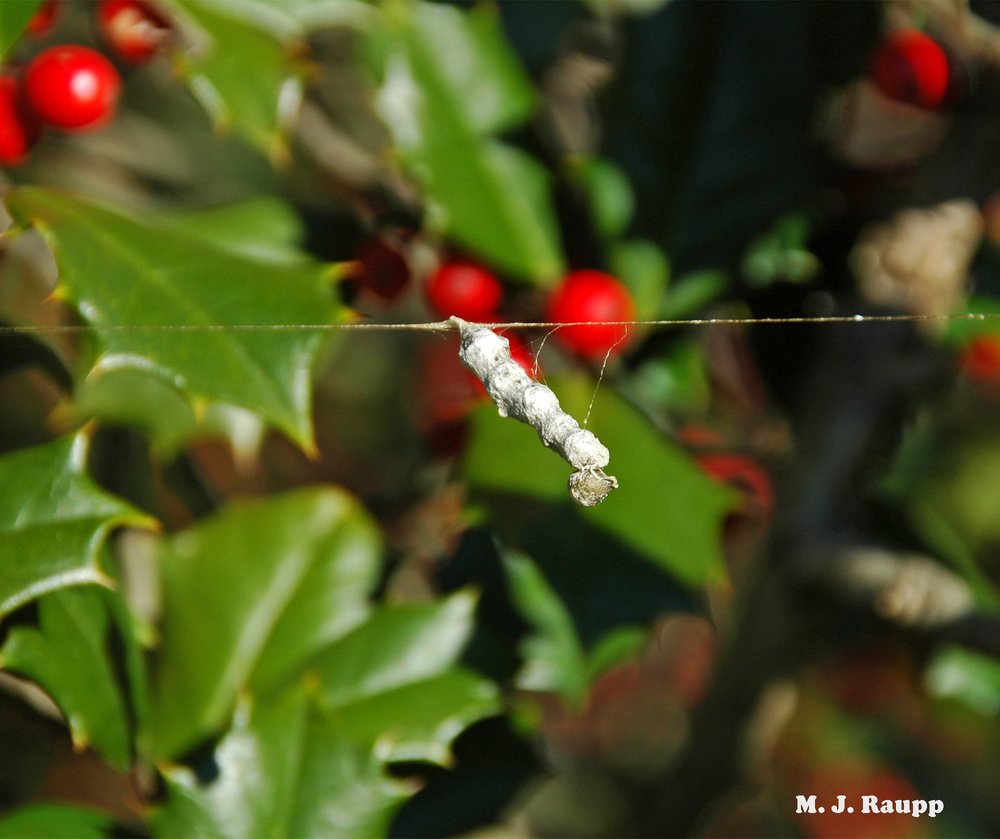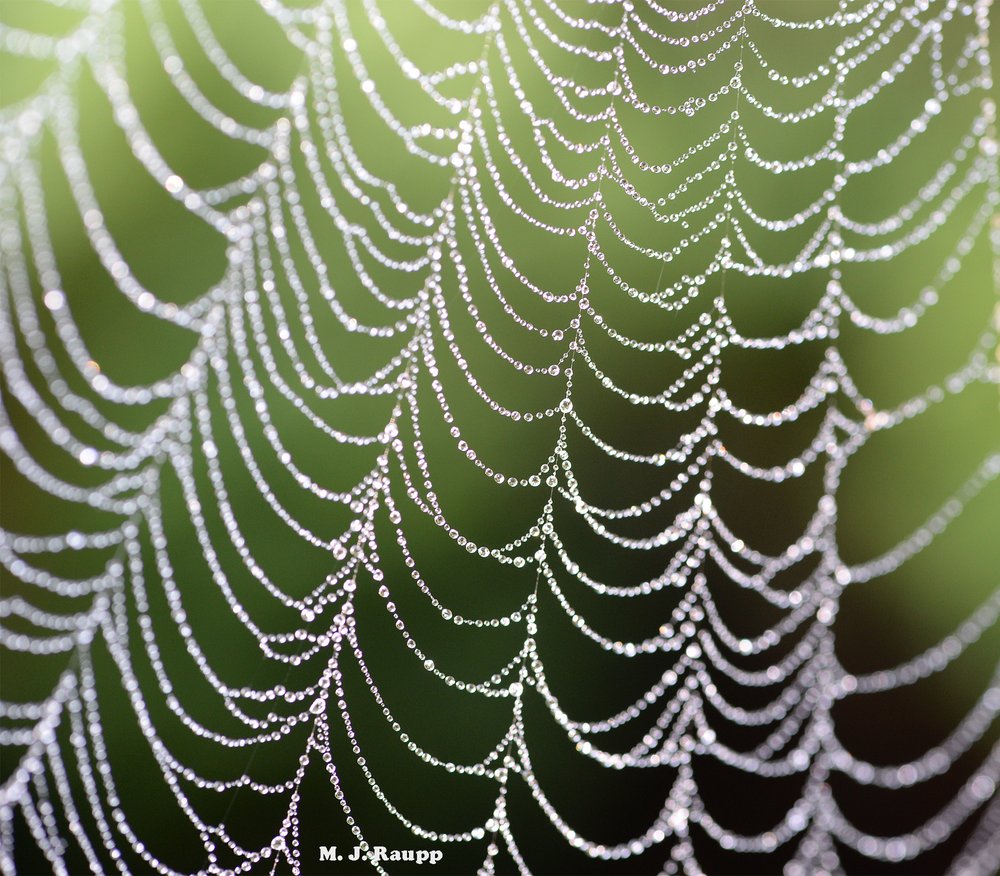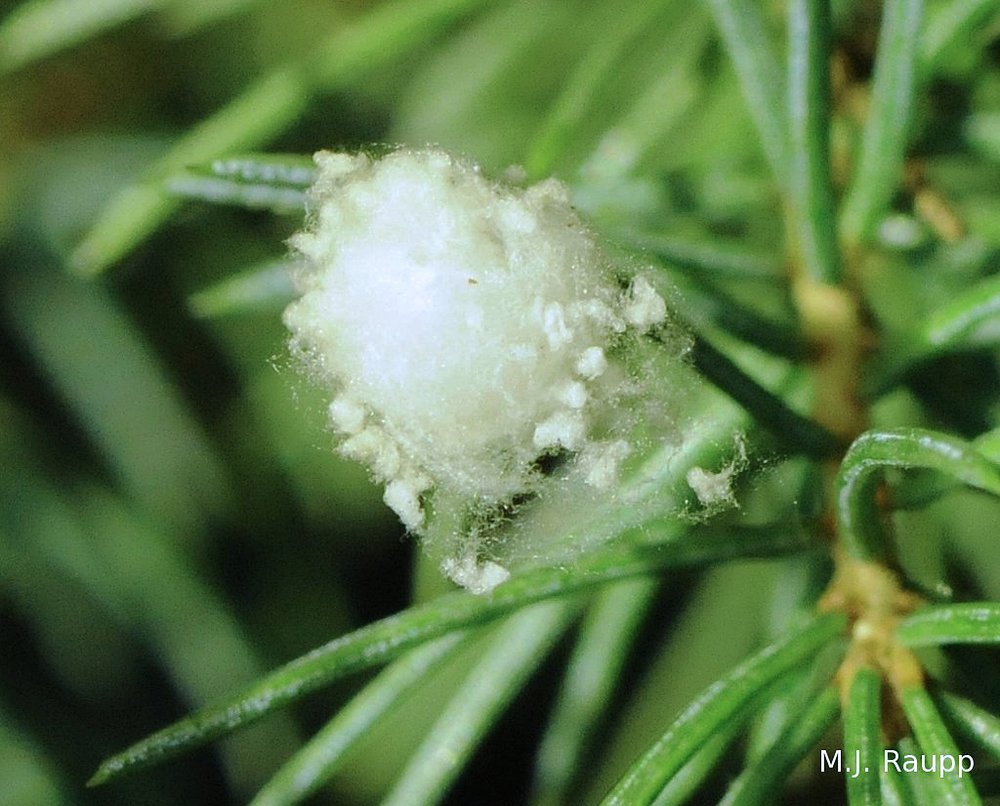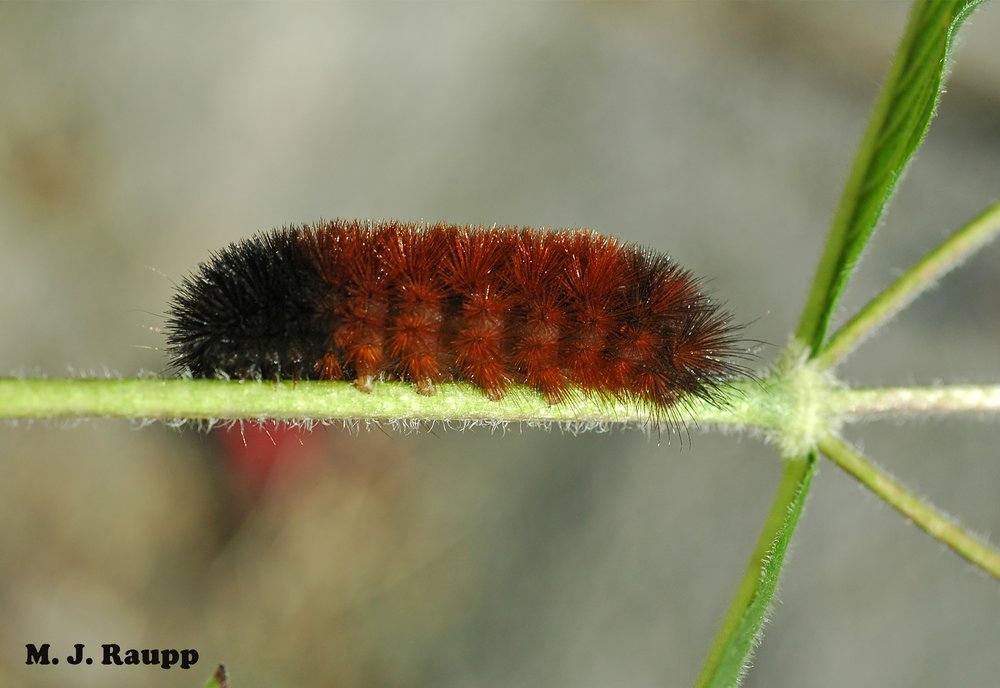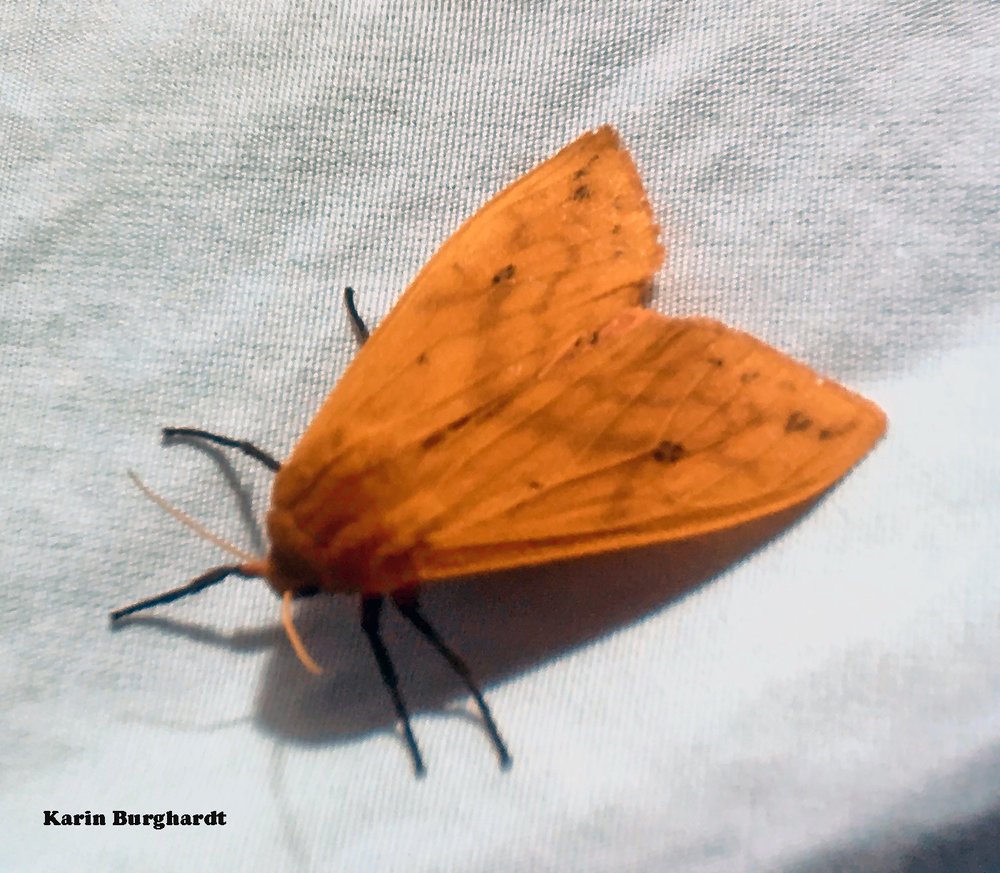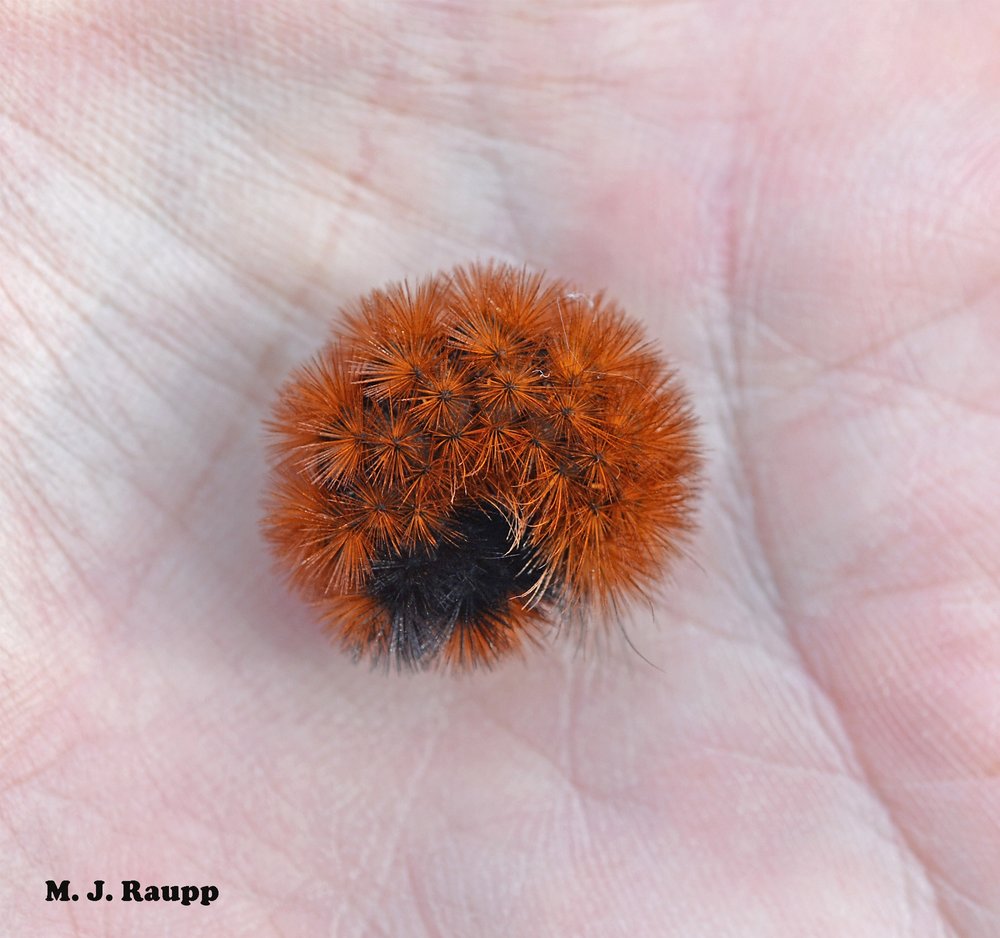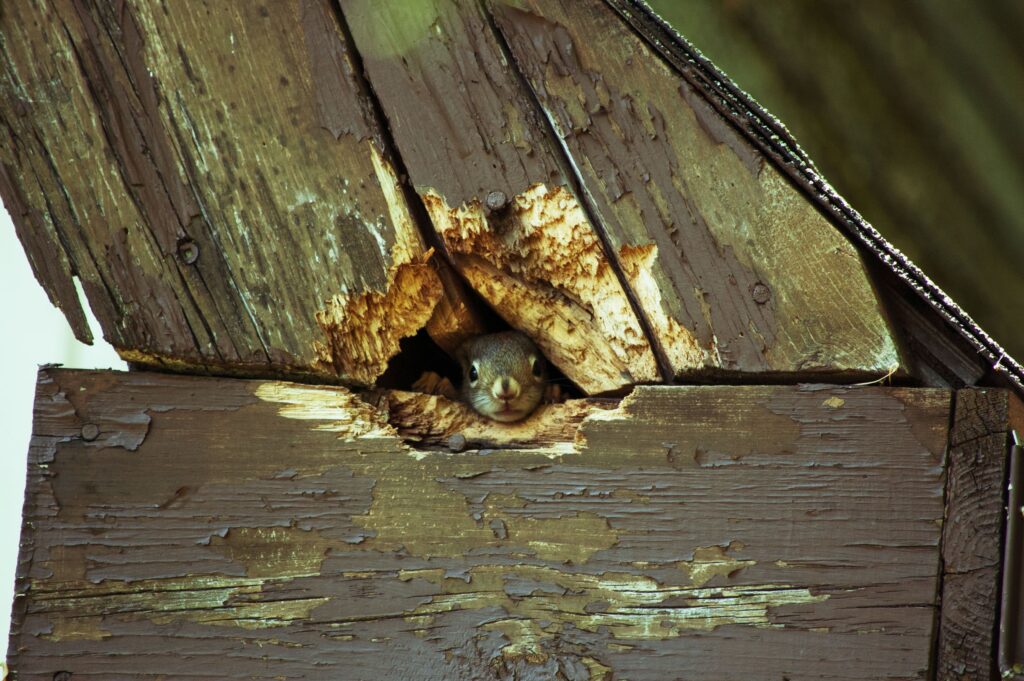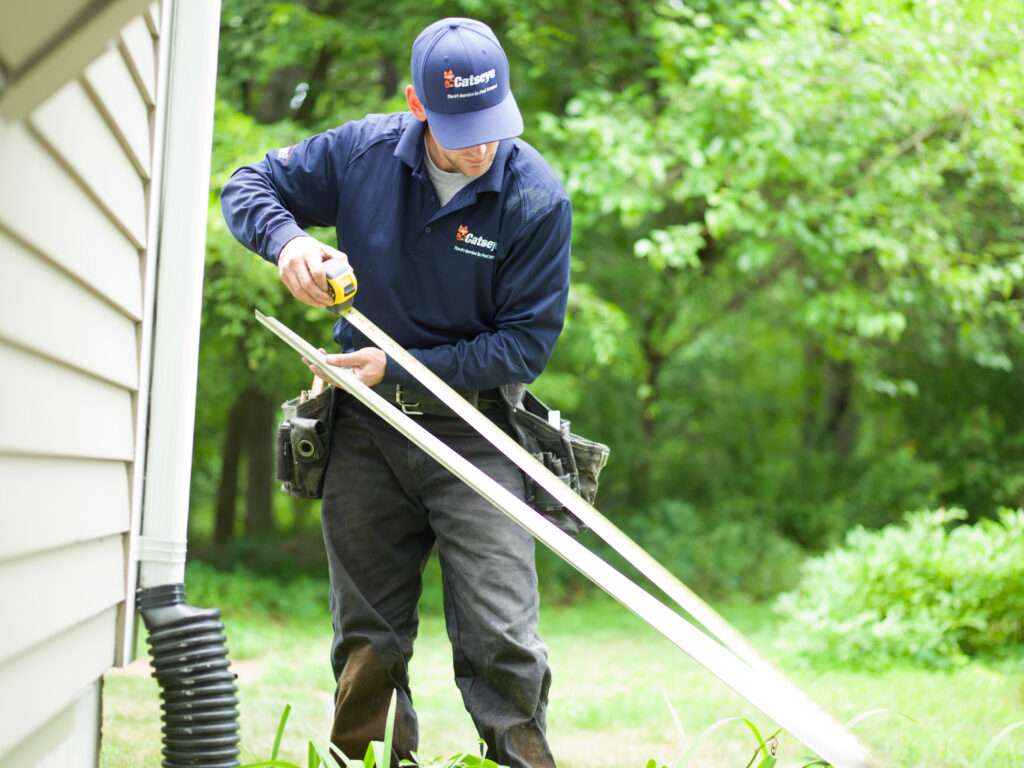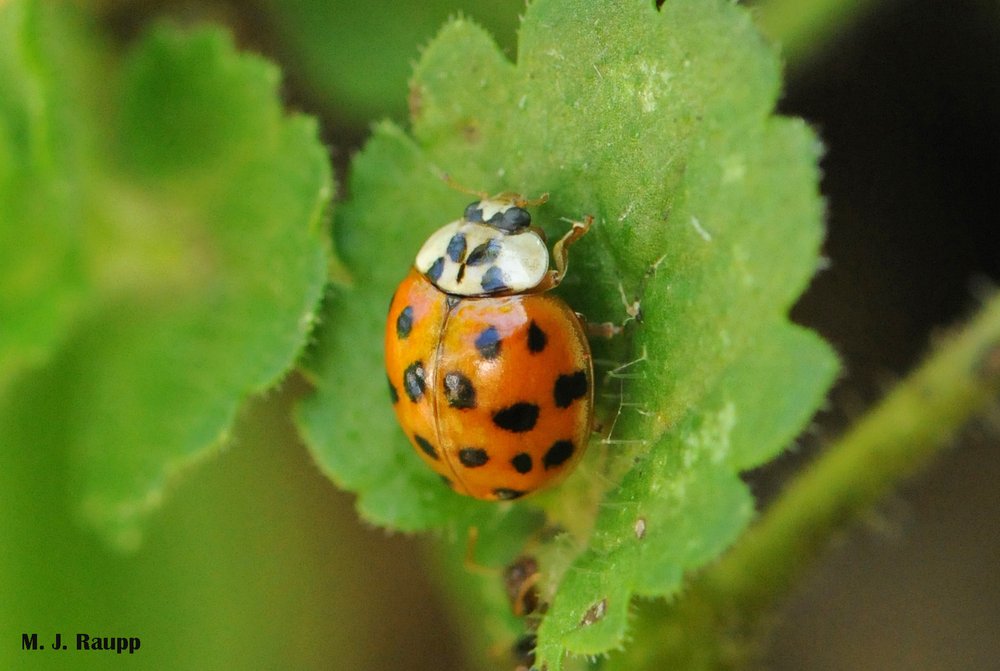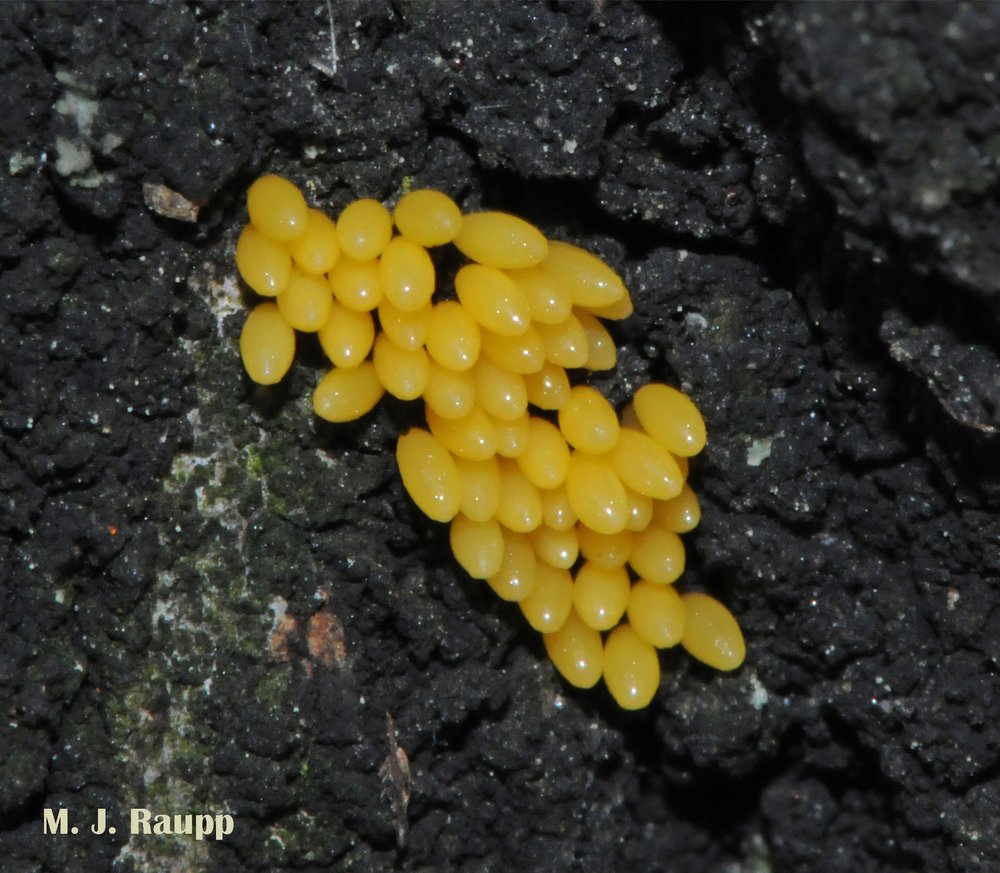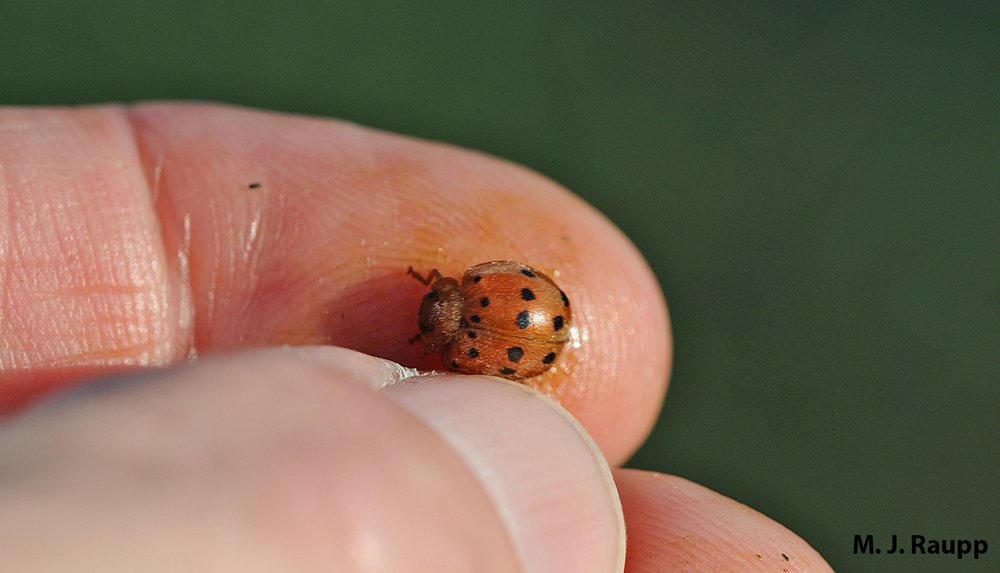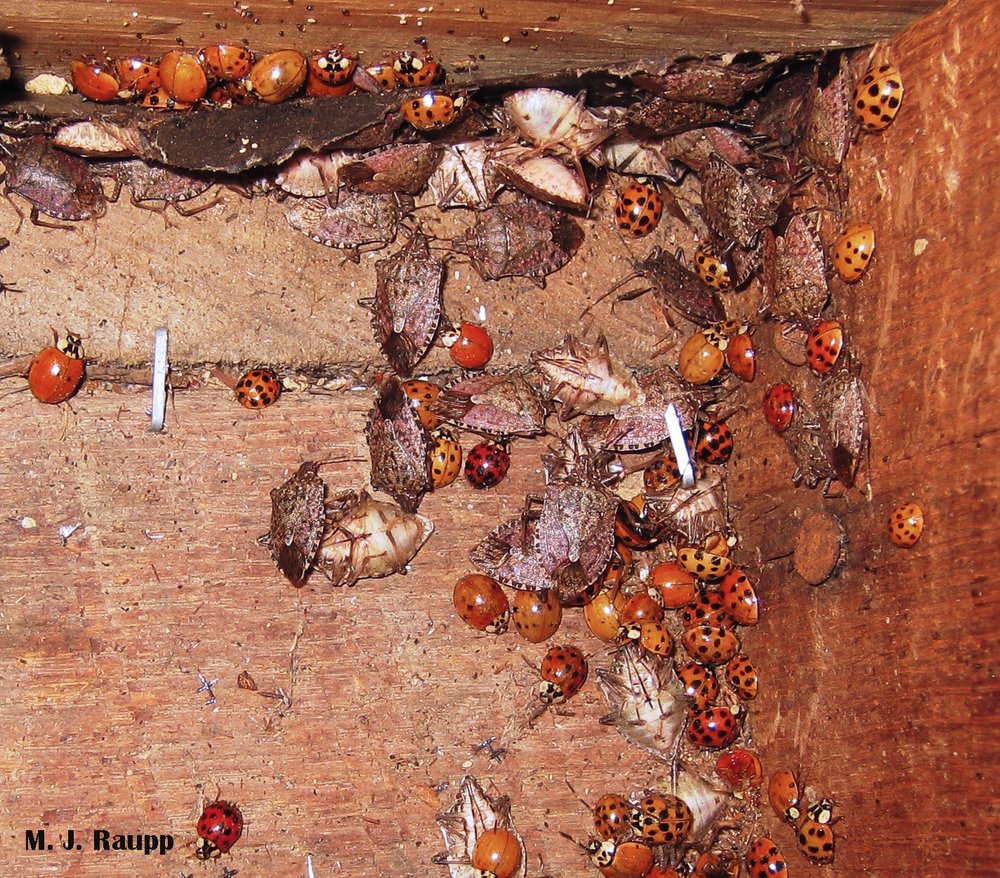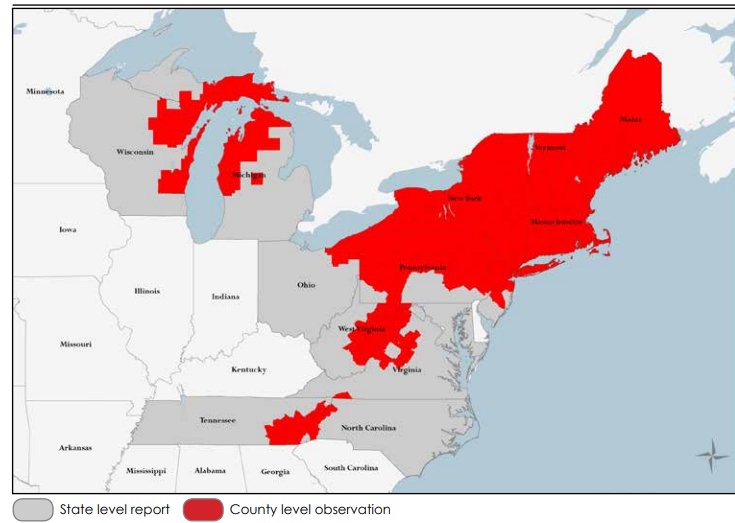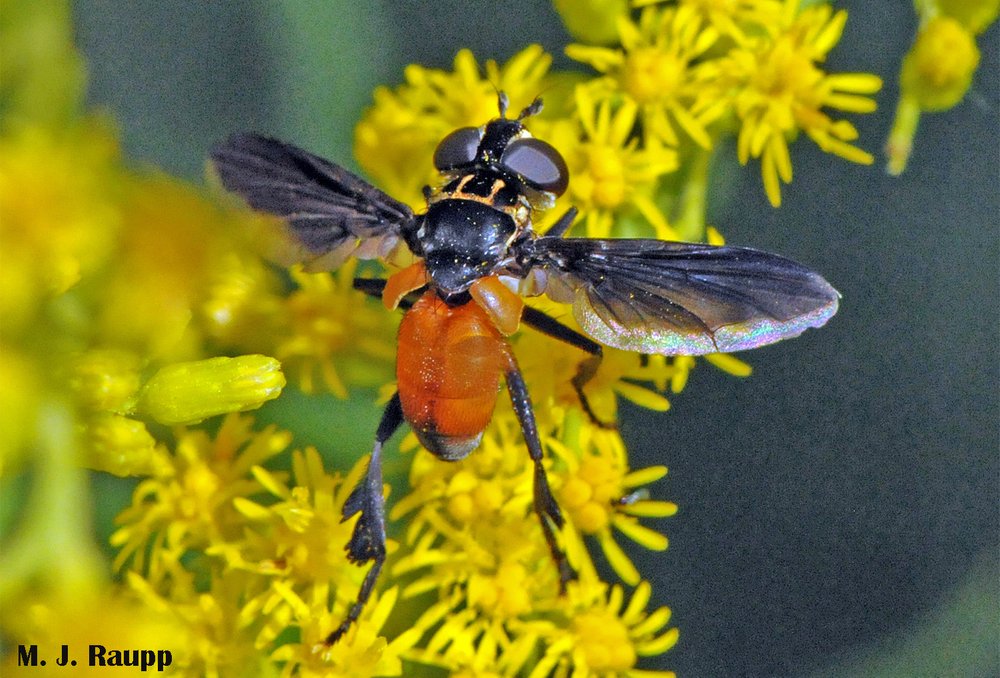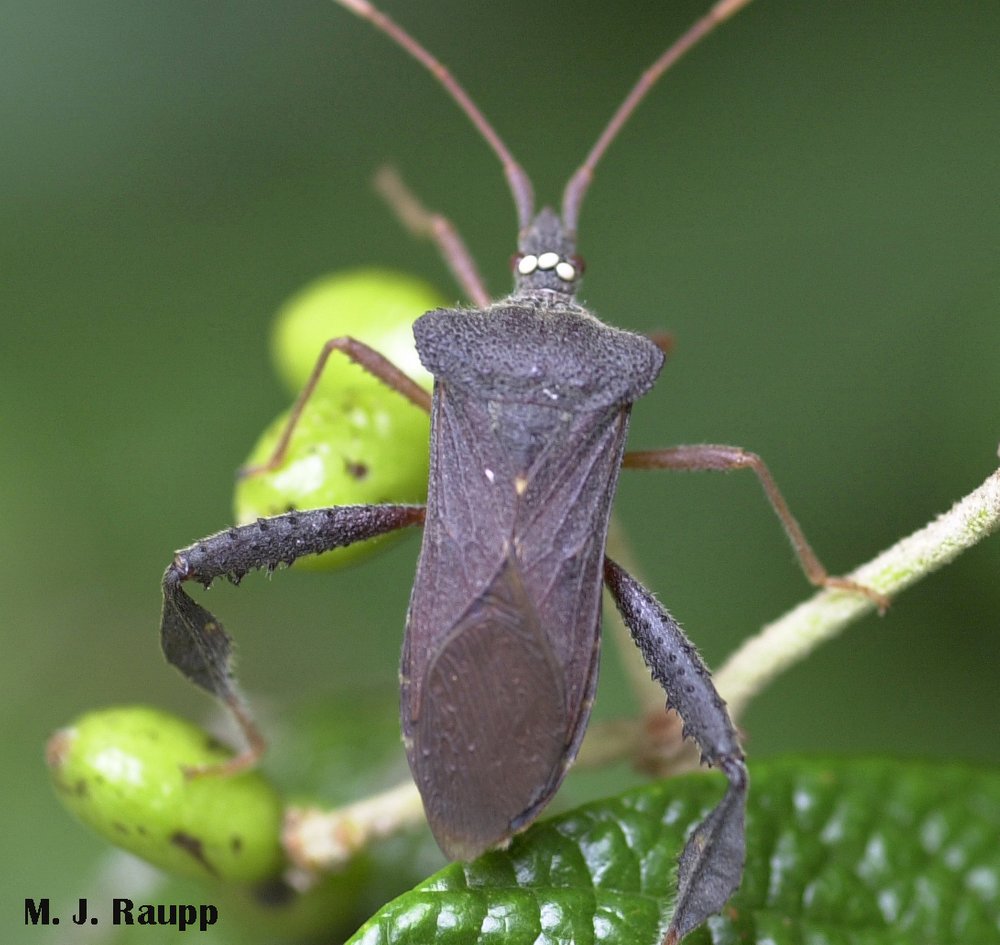What Are These Small Flies in My Home?
Identify Tiny Flying Bugs That are Often Found in Homes
The humidity and rich soil of the Northeast United States is welcoming to a wide range of flora and fauna — or plants and animals — including insects.
Insects such as small flies can easily enter a house or building unnoticed. Once inside, these seemingly harmless bugs can quickly grow into a troublesome infestation if allowed to multiply.
And it’s not just one type of tiny fly that tends to infiltrate the inside of a residence. The household pests that are most commonly found in New England homes include:
- Fungus Gnats: The tiny, mosquito-like flying bugs are attracted to moist soil. Buildings containing a lot of indoor plants may encounter swarms of fungus gnats.
- Fruit Flies: As the name implies, fruit flies gravitate towards rotten fruits, food waste, and residues.
- Drain Flies: Typically found breeding within a floor or sink drain, drain flies resemble miniature moths and thrive off of biosolids — the sludge that can build up on the sides of drain pipes.
While none of the small insects above are directly harmful to humans or animals, each one can transmit bacteria such as E. coli that can cause eye, skin, and diarrheal infections.
Having hordes of these tiny flying bugs swarming throughout a home or office can be a nightmare for any property owner. But as an indoor infestation of the disease-transmitting pests can occur at any time of year, vigilance is key.
For homeowners, learning how to identify the small flying bugs and understanding what attracts them to a house can be helpful in protecting a property from an infestation.
Fungus Gnats
Fungus gnats tend to infest the damp soil of potted plants in order to feed on the underlying roots or fungal growths.
The tiny flying bugs can easily be identified by the vein patterns on the wings and long legs.
Oftentimes, fungus gnats are brought indoors by way of an infected houseplant.
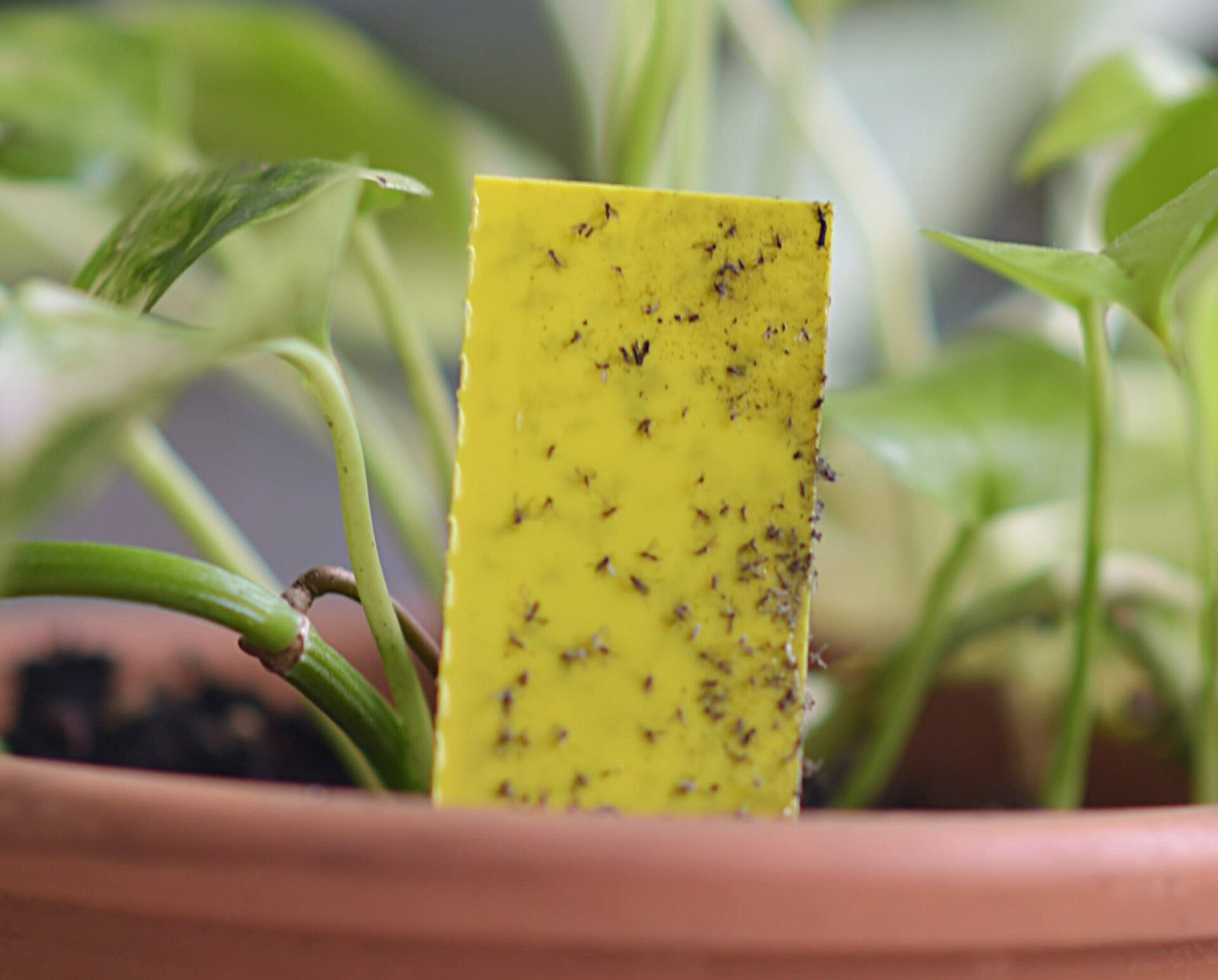
Identifying Fungus Gnats & Its Reproductive Cycle
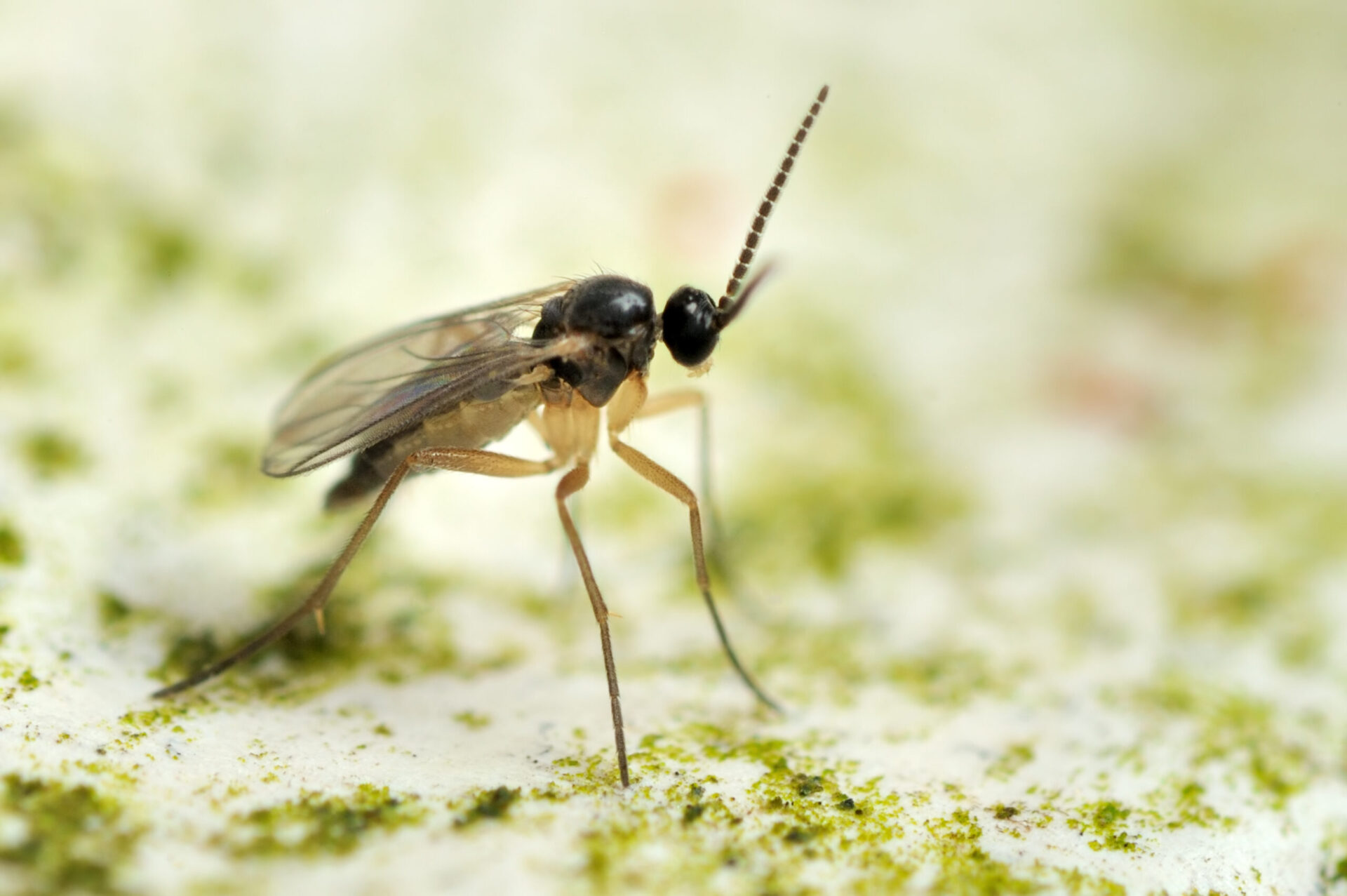
The swarming bugs enjoy warm, moist climates. Spaces with indoor gardens or an abundance of houseplants and use heat lamps to stimulate growth can be paradises for fungus gnats to thrive.
A heat lamp can cause the area it illuminates to reach up to 80 degrees Fahrenheit while overwatered plants offer a bed of wet soil — both create perfect conditions for fungus gnats to repopulate.
Even more troublesome is how the insects congregate in large groups. Although swarming is a mating and survival strategy, it can also be an unsightly habit that makes fungus gnats easily visible.
The lifespan of a fungus gnat is only one month — just long enough to mate, reproduce, and in the case of female fungus gnats, lay eggs. A single female fungus gnat can lay up to 300 eggs in her lifetime.
These eggs are nestled on the surface of damp soil or can be found in the cracks of dry soil. The translucency and miniscule size of the ovular eggs make them difficult to spot until it’s too late.
In a mere three or four weeks, an indoor area can become infested with the tiny flying insects.
Upon reaching adulthood within 30 days, fungus gnats waste no time in forming sizeable swarms around light sources and windows.
Fruit Flies
Because of the farms and orchards scattered throughout the Northeastern region, fruit flies are a prevalent problem, particularly when the tiny flying bugs start invading the kitchen of a residential structure.
Attracted to rotting organic matter such as ripened fruits and fermenting vegetables, fruit fly populations can increase during the late summer and into early fall.
As an indoor household pest however, fruit flies are a year-round issue.
The tiny flies can typically be spotted near bowls of fruit, uncorked wine bottles, disposals, compost piles, and trash cans.
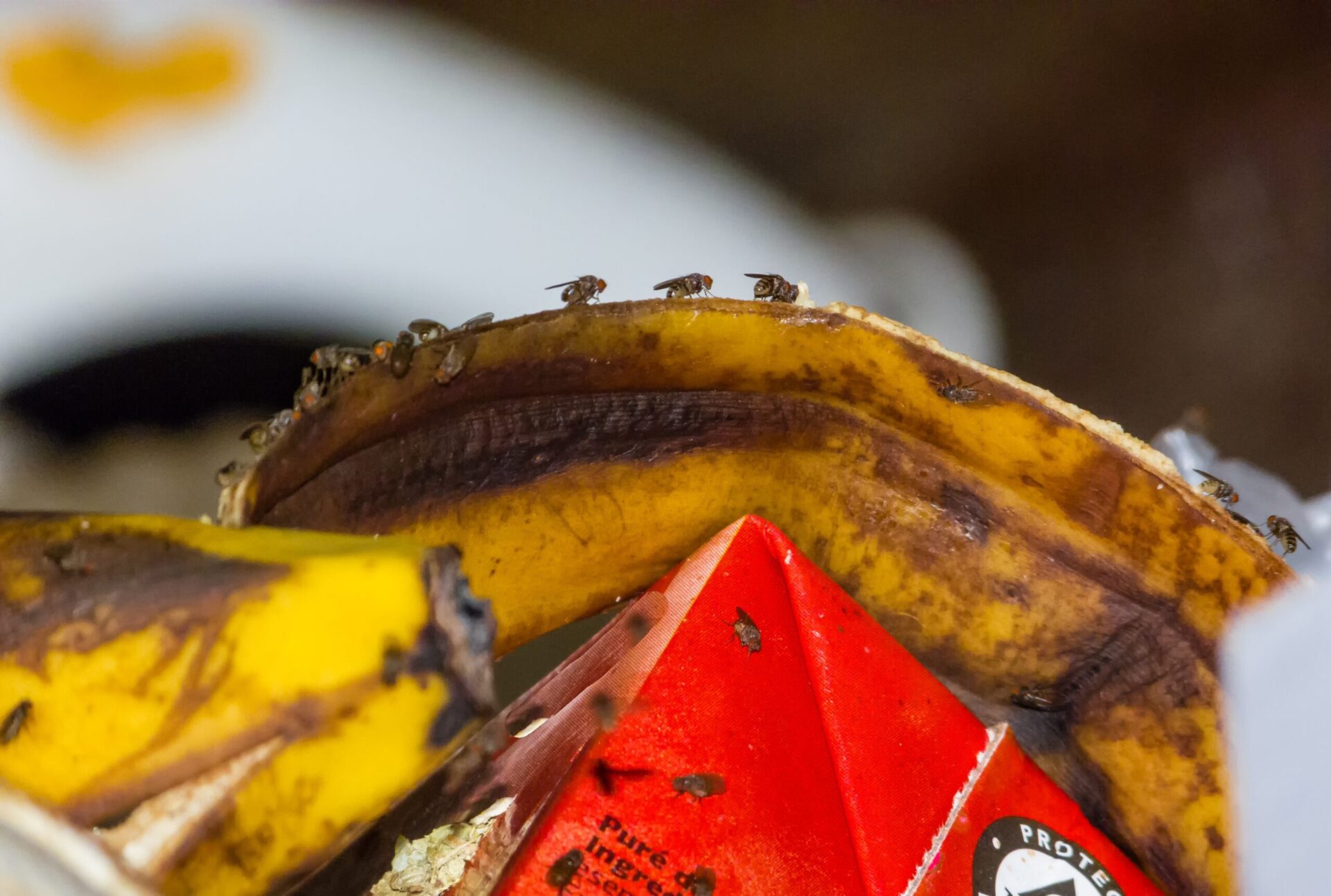
Basically, anywhere there is decaying food or residue is an ideal breeding ground for fruit flies.
Identifying Fruit Flies & Its Breeding Habits
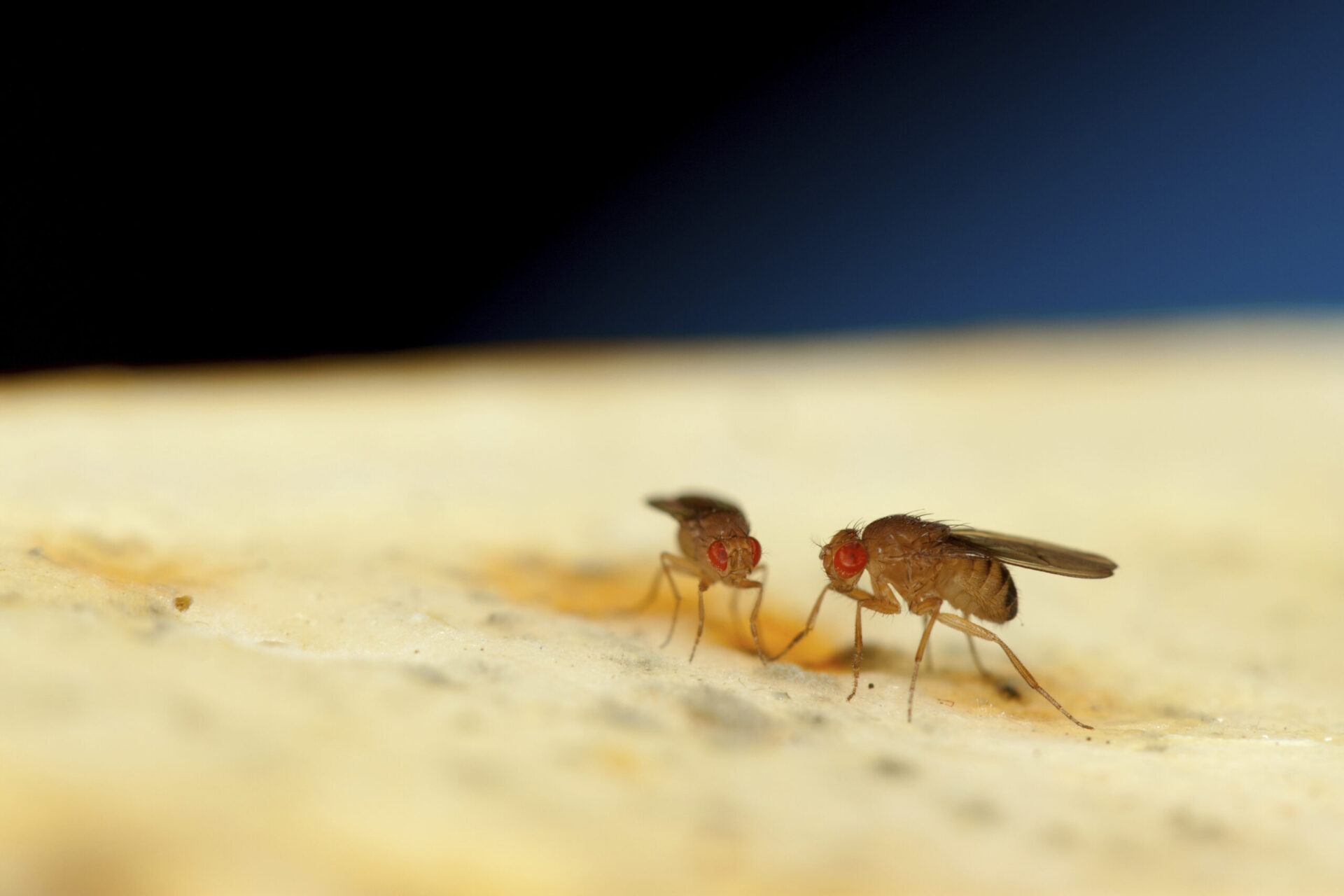
Fruit flies essentially look similar to house flies, albeit much smaller in size. Coloring can range from black and brown to red.
Aside from decomposing organic materials, fruit flies can also survive in sludge-filled drain pipes and sewage lines. And even though fruit flies only live for a few weeks, the numbers of the pest remain high.
This is due to the fact that fruit flies can persist in variable conditions — from temperatures that are as low as 60 degrees Fahrenheit to as high as 85 degrees Fahrenheit.
The average temperature for most homes is approximately between 68 and 75 degrees Fahrenheit — a livable climate for fruit flies.
These insects are avid reproducers — one female fruit fly can lay up to 500 eggs during her lifespan. So, if homeowners start to see the tiny flies flitting about the home or office, they should be alarmed.
Drain Flies
Flies of any kind are unpleasant. But when the bugs come flying out of a drain, it makes the pests even eerier —a reality that those dealing with a drain fly infestation know all too well.
Also referred to as moth flies for their close resemblance, drain flies favor rooms with drains — kitchens, bathrooms, and basements being most popular.
But appliances that produce condensation such as air conditioners or objects containing stagnant water like pools or water bowls for pets are just as enticing.
Drain flies lay and store eggs in condensed, moist spaces where sludge or gelatinous slime forms. The bacteria, algae, and fungi that grow within these biosolids give drain flies nutrients.

Identifying Drain Fly Behavior & Mating Practices
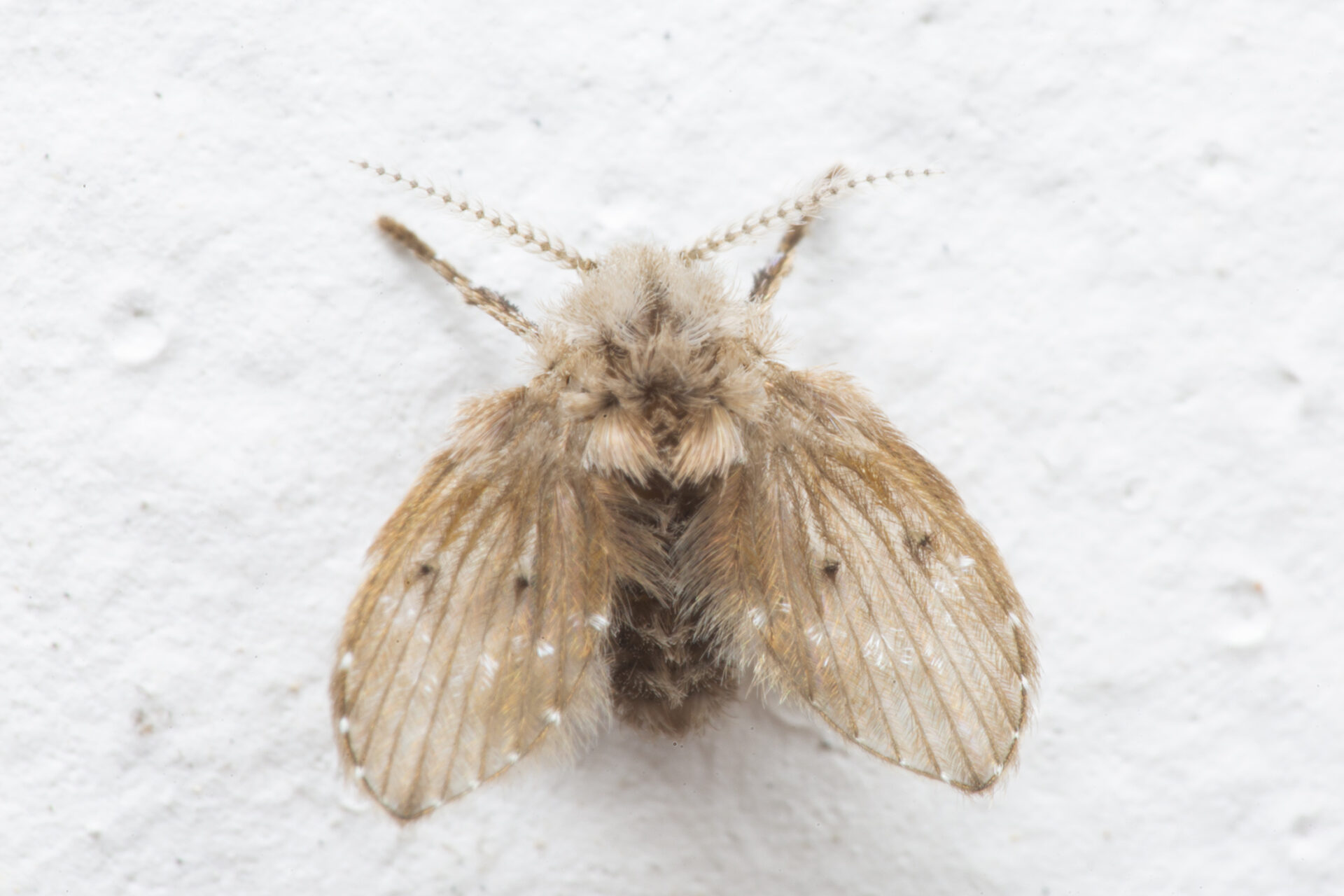
Drain flies have a distinctive look — unlike fruit flies and gnats, the bugs possess thick, fuzzy bodies and antennae that set them apart from other kinds of flies that are commonly found in a home.
An adult drain fly only lives for an average of two weeks and makes the most of that time by reproducing at a break-neck pace. Full-grown female drain flies can lay anywhere between 30 to 100 eggs while alive.
Remove Household Pests with Catseye
Regardless of the type of household pest plaguing your indoor space, the seasoned professionals at Catseye Pest Control are prepared to design failsafe solutions and prevent reinfestation.
Through Catseye’s Fly Control and Removal program, household pests are targeted at every stage of development — eggs, larvae, pupae, and adult flies or gnats and all breeding sites are destroyed.
Because of the meticulous care put into every removal project, those who choose Catseye can take back control of their property with confidence.
To learn more about how the team at Catseye delivers foolproof pest management services to any property or to schedule a free inspection, contact us today.
The post What Are These Small Flies in My Home? appeared first on Catseye Pest Control.
This article appeared first on Catseye Pest
